My visit to Agra was a brief one on an even shorter notice. An early morning flight to Delhi followed by a four hour drive brought us to Agra by afternoon. Skirting the Agra Fort's walls, we passed through a traffic full of rickety e-rickshaws and run down buses and tempos. By the time we caught up on our sleep, it was too late to visit any place other than the popular Sadar Bazaar with its Chaat Gulli. Their oval shaped Rawa mixed Pani poori minus the meethi chutney along with papdi chaat and Aloo chat had us craving for more despite our tummies feeling overladen. Strolling through the shops, we picked up Agra's famed Petha and planned to wake up early the next day to feast on a breakfast of Badhei Kachori (which eventually never happened becoz we Mumbaikars are big time late lateefs and risers).
My second day in Agra started with a mental tussle wherein I had to chose between the Agra Fort and the Taj- I chose the monument which dates back to the Pre-Taj generations. So, in the heat of the afternoon, our e-rickshaw dropped us off outside a fairly crowded Agra Fort with it's tall walls and moats stretching almost across the city. A short line at the ticket counters with a persistent guide had us in the fort premises within a few minutes. We strolled down the three gates namely Amarsingh, Akbari and Welcome while our Guide gave us detailed descriptions of the the 95 acred moated and walled Headquarters of the Mughal Sultanat (for over three generations) with a cost of over Rs 37 lacs with its 12 palaces during an era when Gold used to cost Rs 10 per kg. Built by Akbar and then subsequently used by his successors till Aurangzeb shifted his capital to Delhi, this fort personified not just the grandeur strength and strategy of the Mughals, but also reflected the transition of values and priorities through generations - from that of religious benevolence and tolerance to the mentoring of art and culture followed by a radical and ruthless decimation and decline of the same Both by insiders and invaders alike. It told stories of opulence and prosperity constantly marred by coups and clashes between generations which escalated through years and decades, reaching a sad climax wherein a son had his old father spend his last days under house arrest.
The approach from the welcome gate to the main fort was a sloped acoustic enhanced corridor - one strong clap in that corridor lead to an amplified resounding clap bouncing off the main fort walls alerting the guards and royalty of enemy attacks. Huge boulders would be rolled down upon any invading army with boiling oil systematically pouring down the corridor walls though ducts, that is if and after the enemy managed to cross an alligator filled water moat followed by a jungle moat full of ferocious tigers.
Clapping and listening to the echoes of the same excitedly through through this corridor, we stepped into the fort premises. Our first stop was the Jehangir Palace made of marble, red stone and pink stone from Rajasthan, which welcomed us with Jehangir's personal stone bath tub (big enuf for a swim) and a huge library. I was wondering why the Palace from inside looked like a Hindu temple, till our guide informed us that this was MaanBai's (Jehangirs Hindu Rajput wife) living quarters as well. Walking further inside marveling at the architecture, we saw the assault scars of demolition and black angry defiling burns on the interior walls. As I had said, it not just had a story of glory, power, grace and benevolence, but of decline and destruction too- Raja SurajMal Jat of Bharatpur attempted an attack on the palace and tried burning it down and whatever was left, was demolished and destroyed by MaanBai's great Grandson-Aurangzeb. Nevertheless, whatever has survived through centuries was enough to "wow" us.
As we strolled further, The red and pink stoned temple and sleeping chambers along with its courtyard turned into a pristine white marbled Complex that was more Persian in design and structure. This was the famed Palace of Shahjahan and his beloved Mumtaz Mahal. Roshan Ara and Jahan Ara - their two daughters did remain spinsters (as shown in movies) owing to unavailability of suitable alliances which is why their "Palanquin" shaped palaces flank their parents Palace. Needless to say that the Taj is visible from every balcony and terrace of this fort, but the best view remains from that part of the Marbled complex where Shahjahan spent his last day's under house arrest with his daughters. Apparently His eyesight was too weak to be able to see the Taj Mahal which is why a Ruby stone was used as a magnifying glass by him to see the Taj. Walking through the Angoori Baag-the Mughal's personal vineyards; we listened to the guide go on and on about the ventilation, daftars, rose scented fountains and blah blah, till the interesting acoustic part caught our attention. Upon The guides instructions me and my husband walked to two different corners of a royal chamber and whispered into the marbled walls, we heard each other's voices right in our ears as though through a telephone-that bit of engineering was indeed awe inspiring!
A closer look at the inner chambers showed the sorry state of the pure marble walls with floral Persian paintings that had deep holes in place of flowers/buds- the jewels and gems embedded as flowers have been dug out while the inner gold plating was melted down by the British. Feeling a little angry we moved on towards the Meena Bazar and the Harem complex which also housed the Deewane Khaas with its Ornate seat for the Badshah and the Marble seat for the Wazir- both overlooking the Meena Bazar from their terrace positions with a view of the Taj across the Yamuna through the carved balcony walls.
Drenched by now in our own sweat we entered the Dewane Khaas which once proudly housed the Peacock Throne and the Shalimar till a certain Colonial Power chose to change its ownership in the name of the Queen- invading and plundering is probably too small a word here. The Deewane Aam opens up to the Moti Mahal Masjid with The jail complex behind it. It was at this point that I asked my Guide his name- to which he replied "Arjun Sonker". Being a Mumbaikar it was indeed a pleasant surprise that a Maharashtrian was our guide to which he responded that his ancestors stayed back or were rather held back by the Mughals over 400 hundred years ago when Shivaji with his entourage of 11 people was kept a prisoner behind the Moti Mahal Complex. 400 yrs of Maratha legacy surviving in Agra was an exciting and unexpected tadka to this trip n I decided "ek photo Arjun Sonker ki toh banti hai Boss" as he spoke about his father Rama Sonker and mother Bibodevi Sonker and grandfather and so on.
Well! Clicking even more photos specially now of our Maratha star, we left the fort complex walking back through the "Echo Corridor" feeling exhausted not just with the walk and heat but also maybe with that overload of history, royal opulence and legacy that was never meant to be forever.
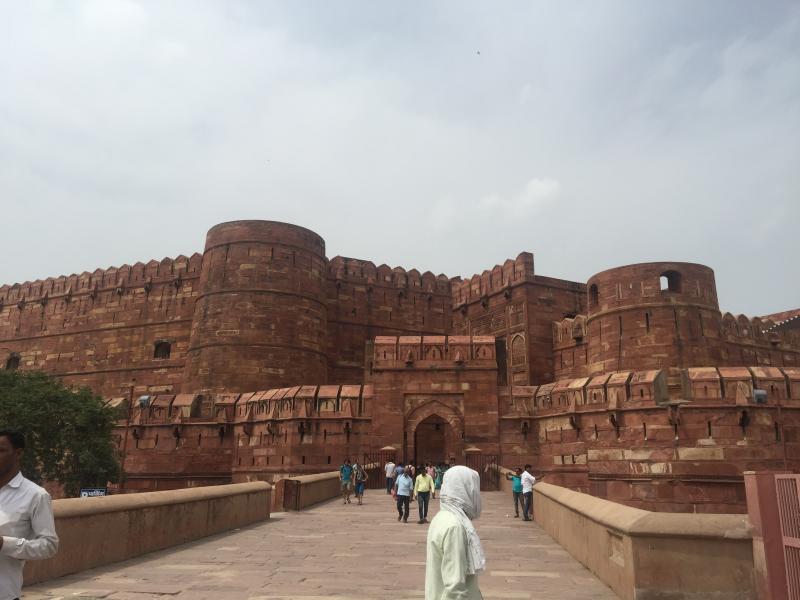
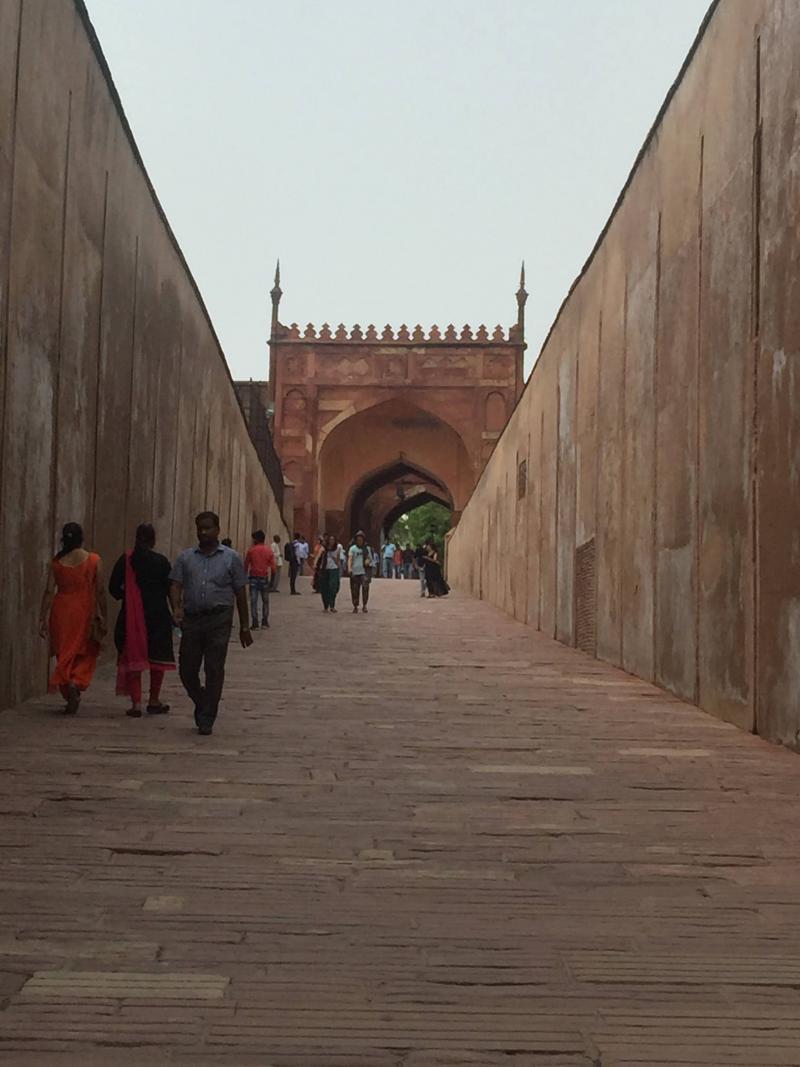
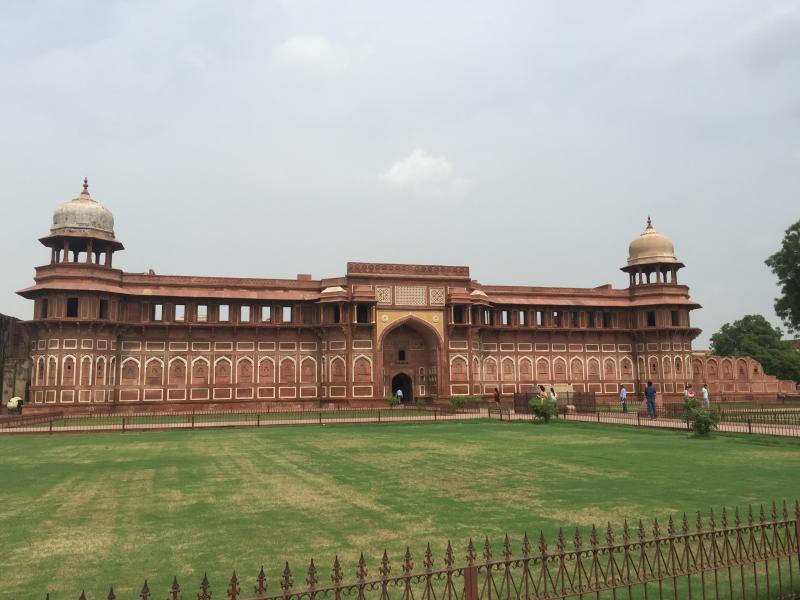
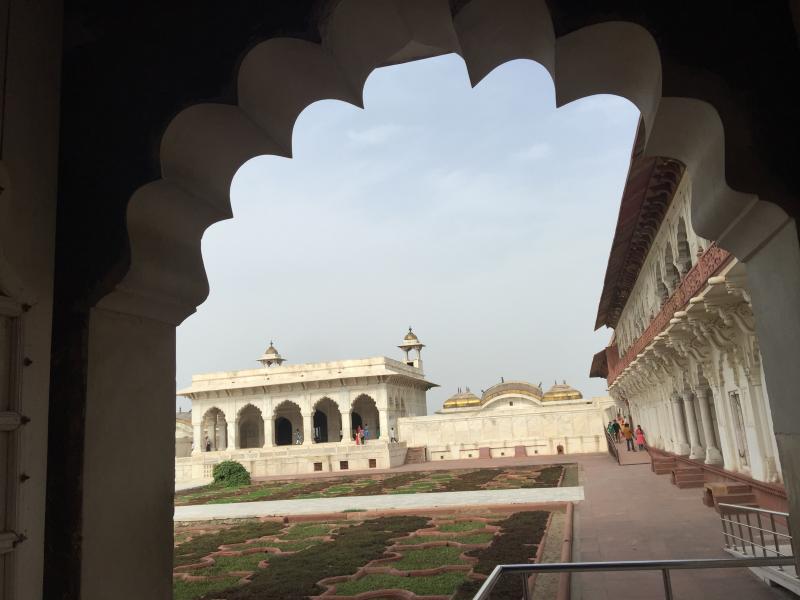
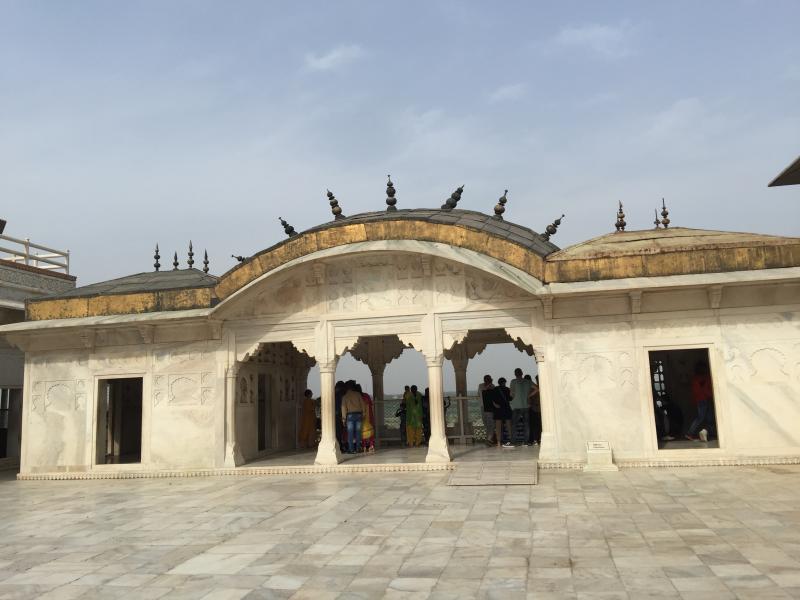
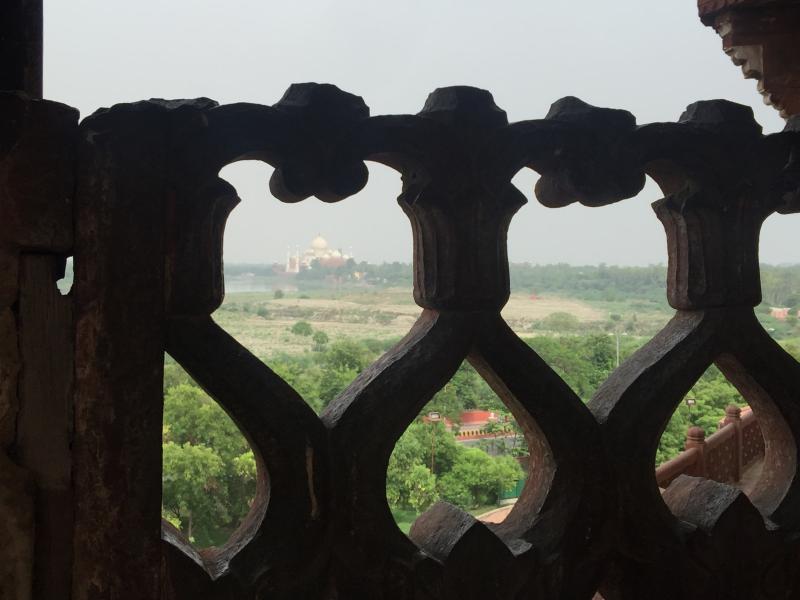
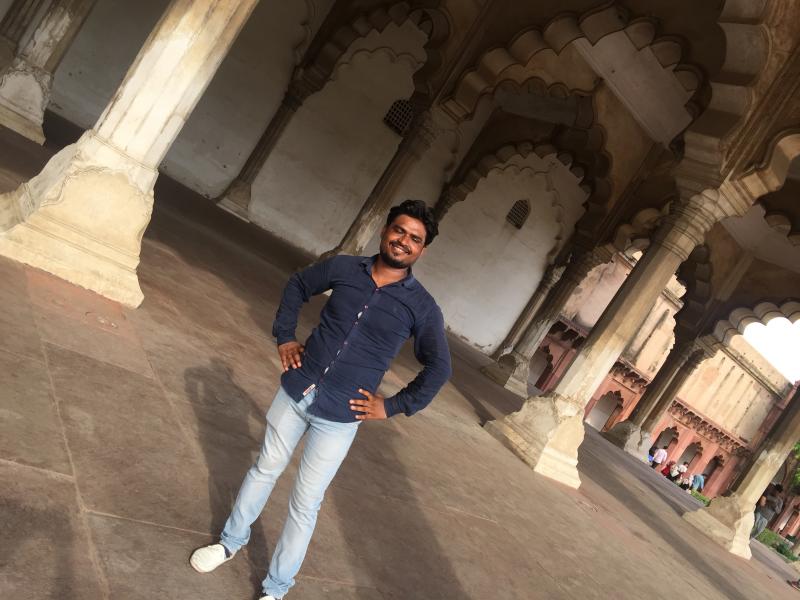
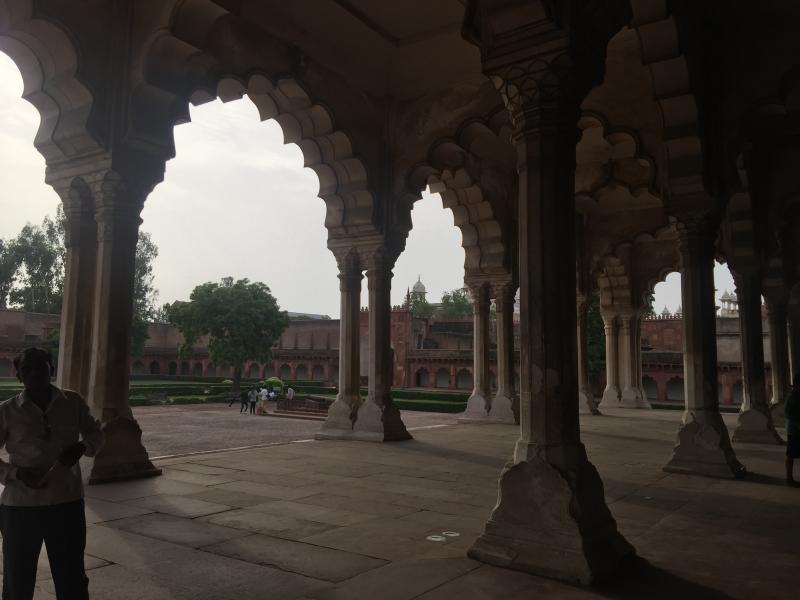





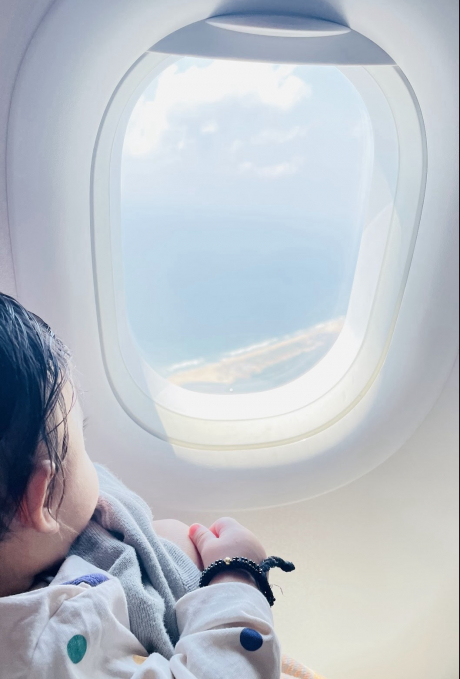
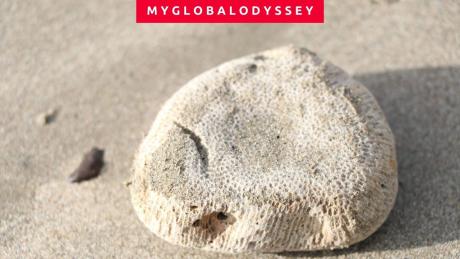

Comments